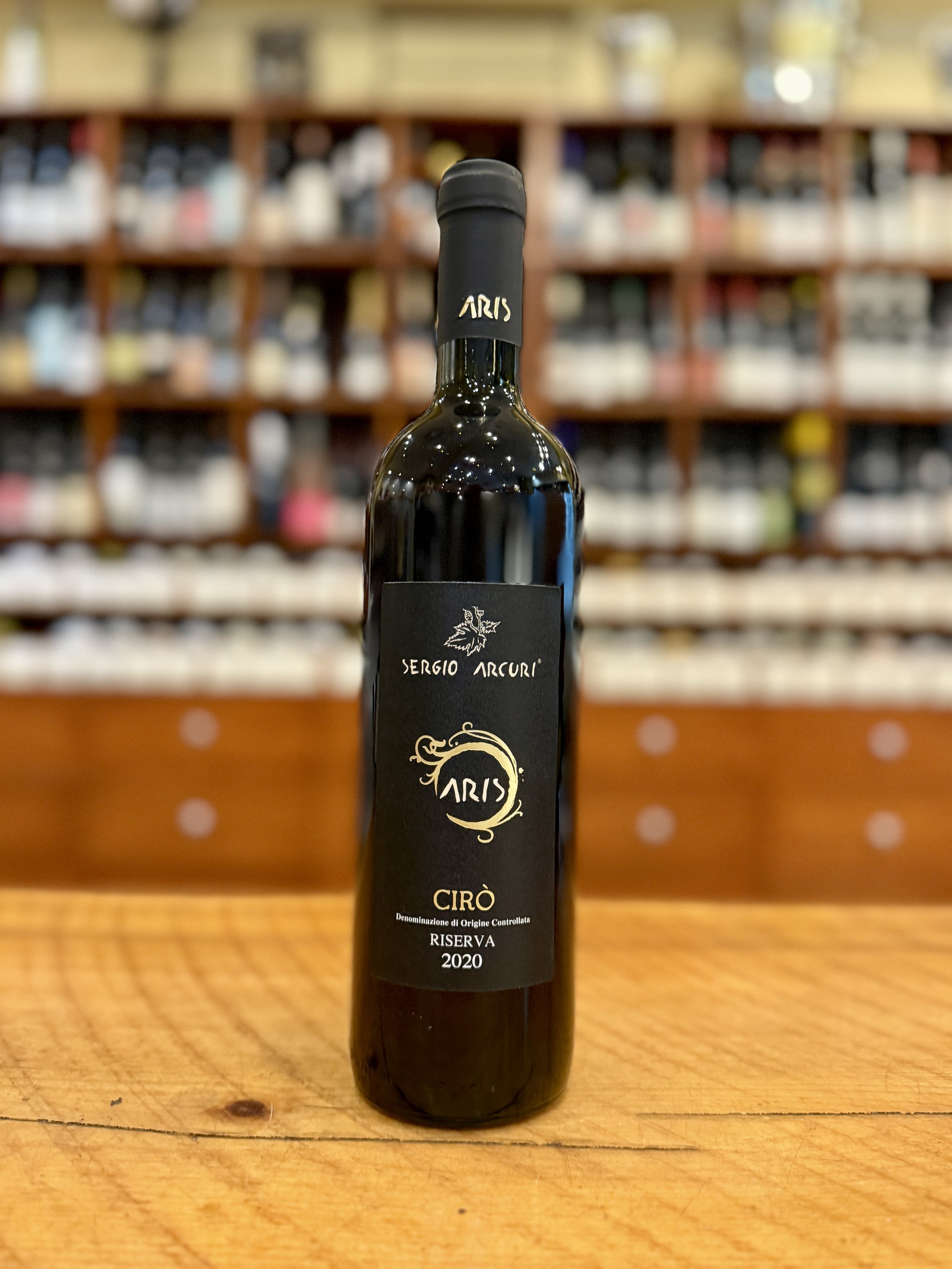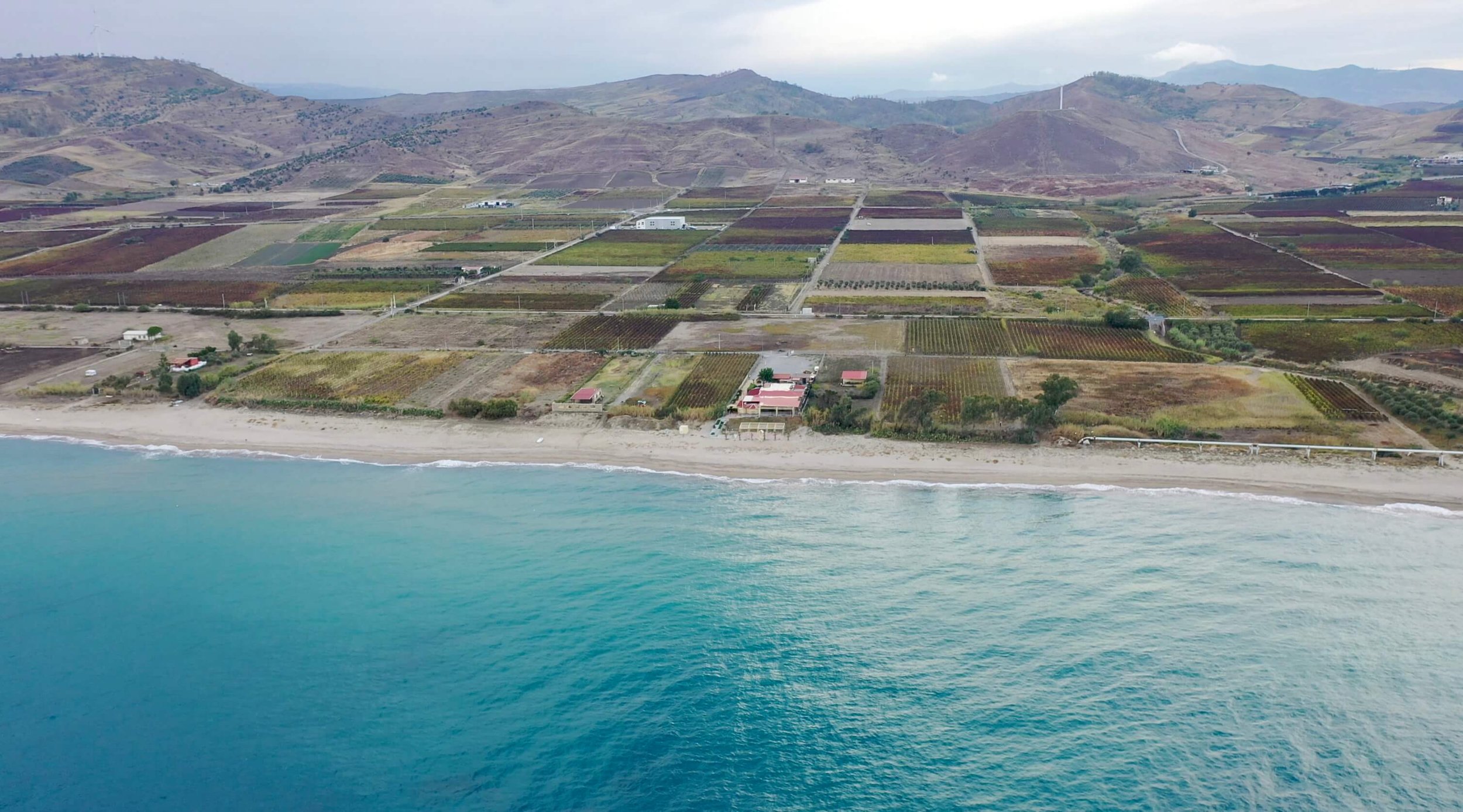
December 2024
Bubbles &
Noveau Vino
Bacco’s Wine Club
December 2024
This month, a little celebratory bubbly for another successful trip around the sun, and two new discoveries to help chart the year ahead.
We are so glad to have you on board the Wine Club and hope to keep seeing you around - or - at the very least, providing you with great wines to help make your days and nights just a little bit easier. So cheers to you, and cheers to some great wines from near and far, and just a few more words before you can start with the Auld Lang Syne…
R. Dumont et Fils
Tradition Brut NV
Various Vintages
Côtes de Bar, Aube
Champagne
France
Farming: Sustainable, Practicing Organic
For over two hundred years, the Dumont family has been cultivating vines in the southern Champagne region of Aube. Pinot Noir dominates the Dumont vineyards as it grows well in the region's warm climate and dense, chalky soil. This is their flagship cuvée, a blend of vintages typically between two and five years old, that is less aggressive and more sumptuous than those from northern Champagne regions.
The vineyards on the Champignol hillsides reach 370 meters, making them the most elevated vineyards in Champagne. The soils are a geological extension of those in Chablis, namely Kimmeridgian chalky clay. The Dumont vineyard is planted with 90% Pinot Noir (nearly 50 different clones) and 10% Chardonnay. Bernard Dumont’s comments concerning the common terroir are insightful and amusing. “We grow grapes on the same soils as the vine growers in the Chablis region. There, they produce white wine from white grapes and here we produce white wine from red grapes.”
A Brief History of How Champagne Came To Be
Like for a lot of modern history, you can blame the Brits, well, that and the weather. Northern France used to get quite cold, and often the colder winter months would halt the natural fermentation in wine, leaving dormant yeast cells that would come alive again in the sping and - often - cause quite a stir in the cellars, often bursting the weaker early French wine bottles, thanks to the gas that the secondary fermentation brought to the wine.
The French hated it, even Dom Perignon, the monk, was trying to find ways to remove the bubbles from his wine, but their customers across the sea grew a taste for it. In fact, by 1662, the English had isolated that sugar was the main culprit in allowing for bubbles to exist in the wines of their southern rivals, and soon began purposefully trying to recreate the process on their own. That, coupled with their coal-fired more durable glass, and their reappropriation of cork stoppers, a practice started by the Roman empire, all helped coalesce into the sparkling wine phenomenon we know today.
Sergio Arcuri
“Aris”
Ciró Gaglioppo 2020
Ciró
Calabria
Italy
F arming: Organic/Sustainable
Say it with me now “Gall-ye-ohhp-po”. It feels strange to call this a new wine, but once again, we Americans are late to the game. So much of our focus when it comes to Italy is naturally that of its Mediterranean side, and of course, you could spend a lifetime just going up and down that side of its coastline and be perfectly happy with the wines they’ve produced, from Brunello, to Chianti, down to the lively volcanic Nerello Mascalese of Sicily.
But Gaglioppo is a grape unique to Ciró, a DOC that finds us on the “backside” of the Italian peninsula, where the beachhead touches the Ionian sea in the heart the otherwise sun beat region of Calabria famed for producing intense red wines.
Gaglioppo is a breath of fresh air, thanks to the proximity to the sea and a heritage that ties it with the likes of Sangiovese and Nerello Mascalese, and a shared commonality with Nebbiolo, thanks to its fresh acidity, big tannins (if they’re not tamed), and incredible durability that could match history’s superstar wines.
In a year full of many strange discoveries -some more disappointing than others - perhaps this was my favorite, a wine with incredible versatility and drinkability, thanks to the steady hand of Sergio Arcuri.
Notes on the Wine:
Aris” is picked toward the end of September and is produced with 40% of its grapes originating from the Piane di Franze vineyard replanted forty years ago at an altitude of 70m and in full view of the sea. Its soil is red clay, red sand, and silt, and the remaining 60% of grapes come from the Piciara vineyard with vines planted seventy years ago on calcareous clay just next to the sea at a few meters in altitude. In the cellar, the wine is fermented naturally under a submerged cap with no movements/extractions of the must. After three to four days of fermentation, the wine is drawn from the tank, and the grapes are very lightly pressed. Aris is aged in concrete for twenty months before bottling, with its first sulfite addition made after malolactic fermentation and then again before bottling. Aris is then aged in bottle for one year before going to market.
The results are a wine led with beautiful sappy red fruit heavy on cherry nuances with sun-dried red rose, dried sweet orange peel, persimmon, and guava, and loads of iron-led metal/mineral notes.
Further Notes :
This is one example of a wine where you’d be almost convinced to think that it was aged in oak, at least old oak, given the natural balance of the fruit and tannin and the balanced structure, like the best of all Langhe Nebbiolos, but that just goes to show just how perfect this bottling is
Brendan Stater-West
Saumur Rouge
Cabernet Franc
La Rippaille lieu-dit
Brézé, Loire Valley
France
Farming: Practicing Organic
Brendan got his start in wine on the later side, thanks to an initial desire to be an English teacher in Paris. A few years in, a colleague got him hooked on wine, bringing him along to professional tasting events where he developed a palate for good wines. At that point, he decided there were probably enough Americans trying to teach English out of some sort of romantic desire, and not enough Americans that were bold enough to venture into winemaking in the heart of France.
He had the good fortune to be working at a wine shop in the 1st arrondissement for a French chef, where he was exposed to the wines of Domaine Guiberteau, a highly-lauded producer out of Saumur-Champigny in the Loire Valley, the heart of some of the world’s finest Chenin and Cabernet Franc.
From there, Brendan did the work, he went to school to learn winemaking and harassed Romain Guiberteau enough to get him to take him on as an apprentice. What’s this all mean? A great winemaker that’s just starting to get his legs, but already has the land and the right teacher. That’s how you jump onboard at the right time.
A Note On Cabernet Franc:
The most dominant tasting profile of classic Cabernet Franc comes from Pyrazine, the same organic flavor compound that gives green bell pepper its je ne sais quois and often that can be an off-putting flavor when it comes to the classic wine palate.
Perhaps, this quality is less pronounced because the world is warmer, and thus the fruits are riper than they were before, and that classic "green and vegetal component of Cabernet Franc is less pronounced, and what we’re left with with Brendan’s Saumur is a wine with great fruit, great balance, and great acidity.- all components that we love in any wine, but especially out of the formerly earthy Cabernet Franc.




